In Medellín the municipal authorities have turned 14 water tanks into spectacular public spaces to encourage socialization. This is a project that confirms the success of the creative revival of the city.
For years now the city of Medellín in Colombia has been considered one of the most advanced experimental laboratories for urban transformation in the world. The story of this city has almost become a paradigm. One of the most violent places on the planet, centre of the world’s cocaine traffic throughout the 1990s has been progressively restored to a peaceful state through massive public architecture programmes. Much has been written about the mayor Sergio Fajardo, a mathematician turned politician and the initiator of a revival many thought impossible, as well as about some of the main projects from the period of renewal that began in 2003, such as Giancarlo Mazzanti’s Biblioteca España or the canopies of the area of access to Plan B + JPRCR’s botanical garden called the Orquideorama, have become icons and tourist attractions. Also striking is the fact that the new direction embarked on at that time has never been interrupted and continues to this day, with perhaps less attention from the media now but no let-up. Credit for this stream of interventions can be laid at the door of a favourable combination of a range of factors: the existence of a large group of skilled designers who have received the right sort of training from excellent local universities, mutual understanding and cooperation between different public agencies, support from private entrepreneurs, who saw that a redistribution of resources could have positive repercussions for the local economy (something that cannot be taken for granted in the segregated societies of Latin America) and a demand for quality on the part of the city’s residents. But the unique element in this story, as was pointed out by the critic Justin McGuirk in his 2013 book Radical Cities, is the funding system. The money to pay for these projects has come from the cash-rich municipal water and energy utility, EPM (Empresa de servicios públicos de energía y aguas de Medellín). In addition to bankrolling hundreds of interventions, EPM has decided to take direct charge of various initiatives, of which the most prominent is UVA, an acronym that means Unidades de Vida Articulada (“Articulated Life Units”), and which was launched in 2013.
Read more on Abitare.
Recommended by Luisa Bravo

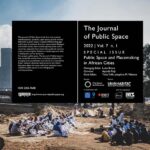
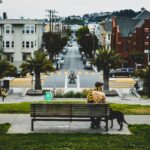
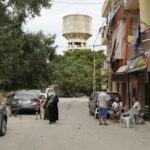
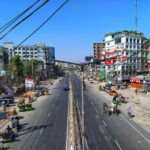

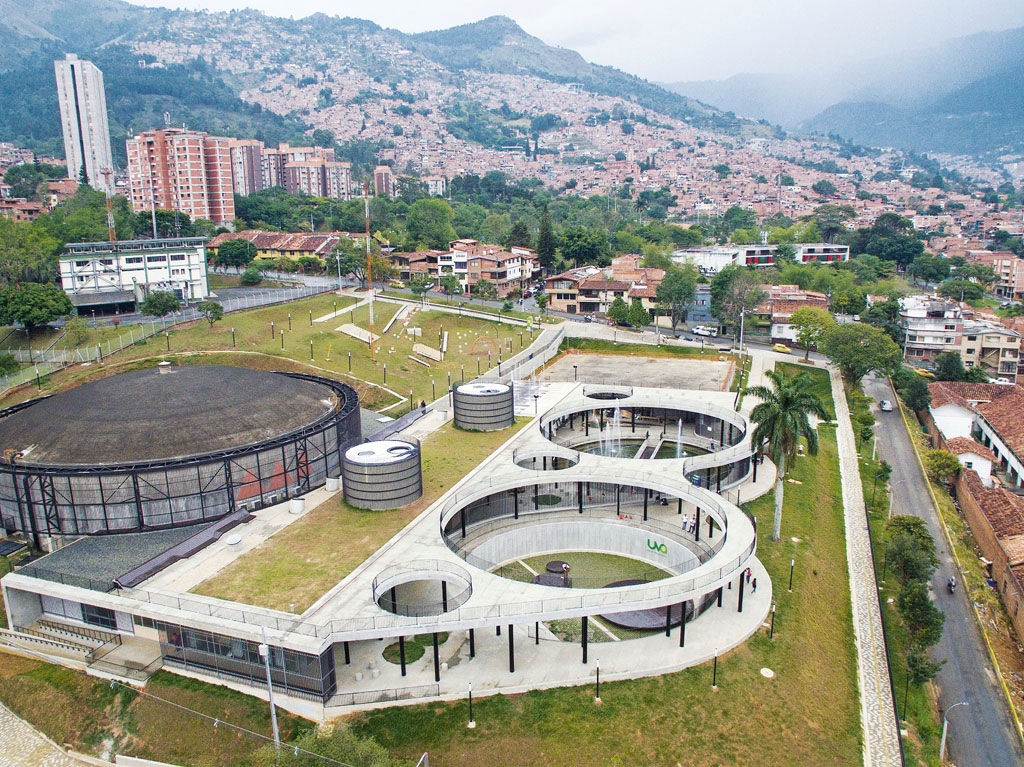
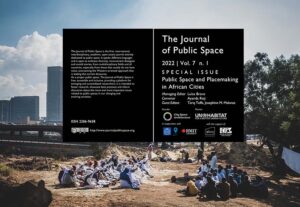
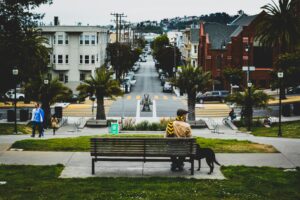
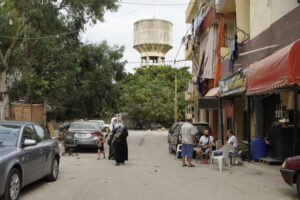
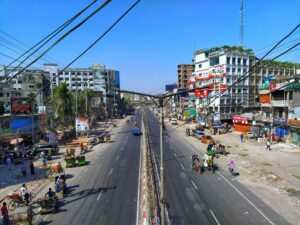
More Stories
The Warsaw Uprising Mound Park
Bogotá, the city that shuts out cars every week
Public Space in the 21st Century Mexican City